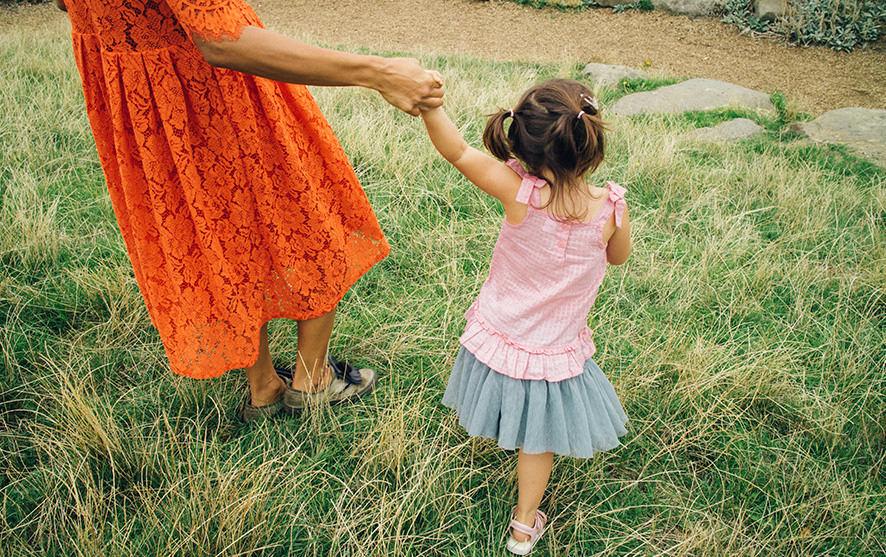Junk modelling – create your own rocketship
What you’ll need Toilet paper rolls or kitchen towel tubes (for the rocket body) Cardboard […]
Read more

Your listening ears.
Take a stroll through your neighbourhood or around your garden (if you have one). Help your child hone in on the sounds you’re hearing, both natural and human-made. Explore everyday sounds that interest your child, such as watching the dump truck work, or scouting out the nest of the bird in the tree. Which sounds catch your child’s interest and attention most?
Why not try your listening walk indoors too? Explore the sounds of your own home, such as the washing machine spinning, the humming of the fridge, the water running through the tap.
For older children: why not ask your child to make some sounds using natural objects that you can find at home? Why not try and tap your wooden spoons, or tear an old magazine/ newspaper to explore human-made sounds?
Don’t forget to talk through the process and communicate about the sounds that you can both find or make together.